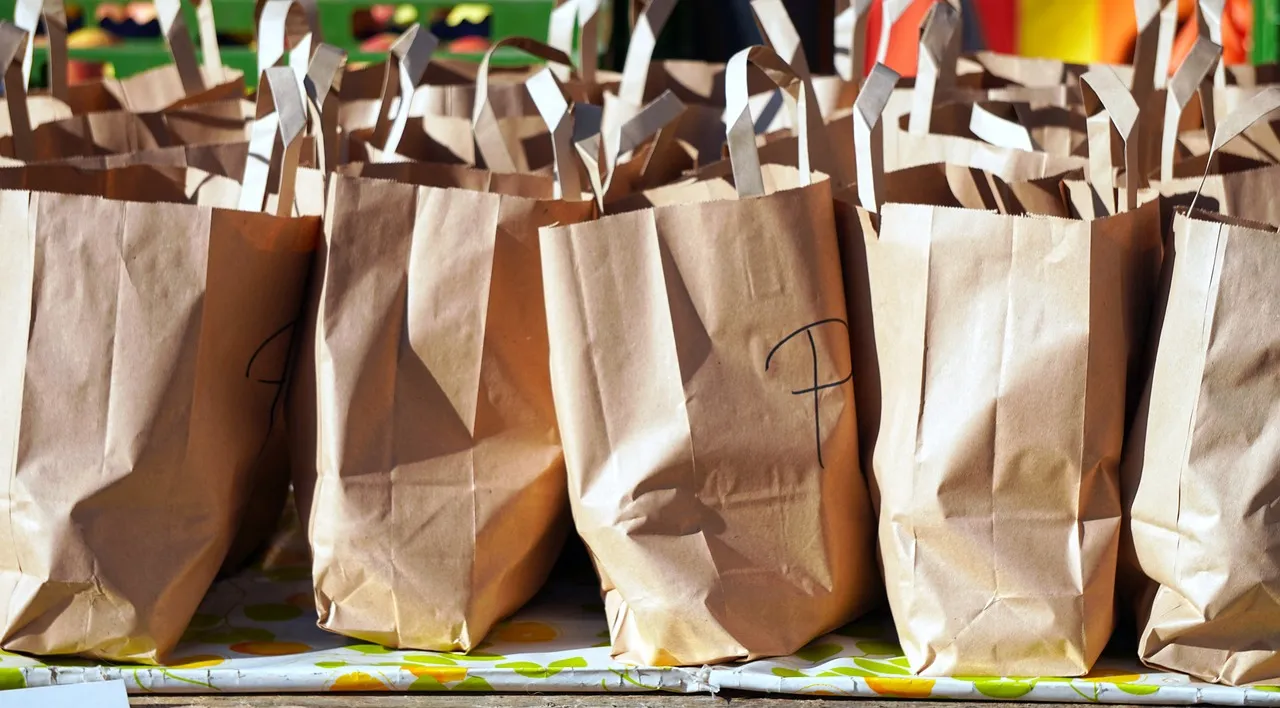Help You Make Informed Decisions
Paper Bags Vs Plastic Bags

In the ongoing dialogue surrounding sustainability, the choice between paper and plastic bags has emerged as a pivotal issue. As environmental consciousness grows, understanding the nuances of each bag’s production, usage, and disposal becomes imperative. This analysis delves into the lifecycle of paper and plastic bags, aiming to furnish readers with insights to guide conscientious decision-making.
Production
Paper Bags: Derived from wood pulp obtained through tree felling, paper bag production necessitates significant water, energy, and chemical inputs. While biodegradable and relatively easier to recycle, this process poses concerns regarding deforestation and habitat loss.
Plastic Bags: Fashioned from fossil fuels such as oil and natural gas, plastic bag manufacturing consumes less energy and water compared to its paper counterpart. Despite lower carbon emissions, the depletion of non-renewable resources and environmental pollution are inherent drawbacks.
Environmental Impact
Usage: Both bag types present trade-offs in their environmental repercussions. While paper bags biodegrade more readily, improper disposal can still lead to litter and environmental degradation. Plastic bags, although non-biodegradable, often endure multiple uses, partially offsetting their environmental toll.
Disposal and Recycling
Paper Bags: Enjoying a relatively smoother recycling process, paper bags decompose in landfills and can be recycled with less complexity. Nonetheless, recycling demands substantial energy and water resources.
Plastic Bags: Hindered by intricate polymer compositions, plastic bags pose recycling challenges and can persist for centuries in landfills. Improper disposal exacerbates marine pollution, endangering aquatic ecosystems.
Sustainability
Paper Bags: By utilizing recycled materials and responsibly sourced wood, paper bag sustainability can be enhanced, curbing reliance on virgin resources and mitigating environmental harm.
Plastic Bags: Advancements in recycled content and the emergence of biodegradable plastics offer promise for mitigating environmental impact. However, their sustainability hinges on widespread composting infrastructure and real-world degradation rates.
Conclusion
Navigating the paper versus plastic conundrum demands nuanced consideration. Embracing reusable bags crafted from sustainable materials emerges as the optimal strategy for minimizing environmental harm. Educating consumers on responsible disposal and recycling practices is pivotal in fostering eco-conscious habits. Empowered by awareness and informed decision-making, individuals play a pivotal role in fostering a healthier planet.
